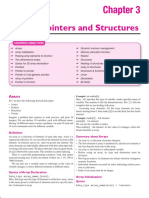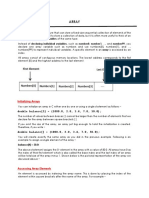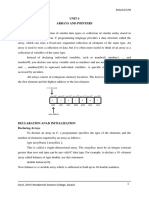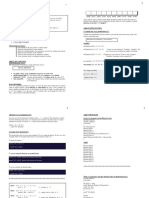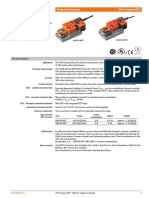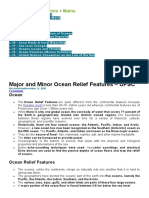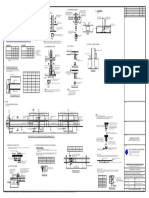0% found this document useful (0 votes)
3 views7 pagesChapter 9 C Arrays
Chapter 9 covers C arrays, detailing their declaration, initialization, and access methods. It explains single-dimensional and multi-dimensional arrays, including how to initialize and access elements, as well as the importance of staying within array bounds. The chapter also discusses passing arrays as function arguments and provides examples of array usage in C programming.
Uploaded by
onyangofidel041Copyright
© © All Rights Reserved
We take content rights seriously. If you suspect this is your content, claim it here.
Available Formats
Download as DOCX, PDF, TXT or read online on Scribd
0% found this document useful (0 votes)
3 views7 pagesChapter 9 C Arrays
Chapter 9 covers C arrays, detailing their declaration, initialization, and access methods. It explains single-dimensional and multi-dimensional arrays, including how to initialize and access elements, as well as the importance of staying within array bounds. The chapter also discusses passing arrays as function arguments and provides examples of array usage in C programming.
Uploaded by
onyangofidel041Copyright
© © All Rights Reserved
We take content rights seriously. If you suspect this is your content, claim it here.
Available Formats
Download as DOCX, PDF, TXT or read online on Scribd
/ 7












